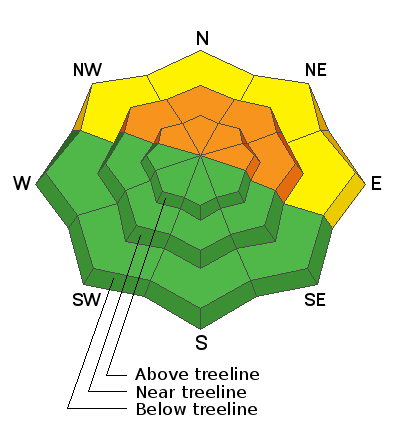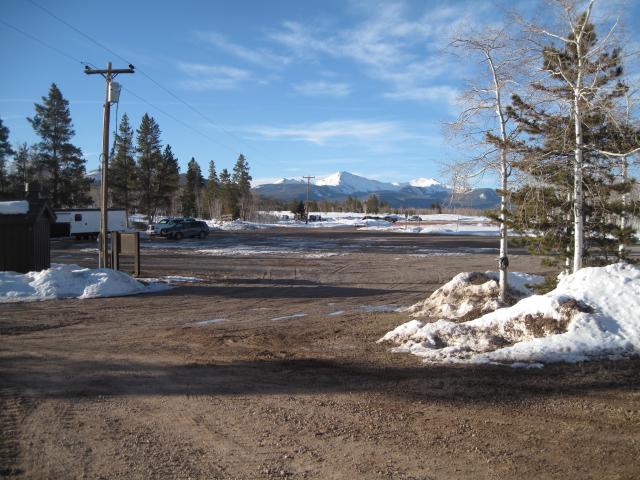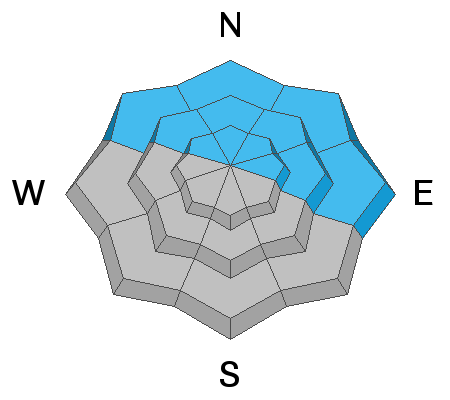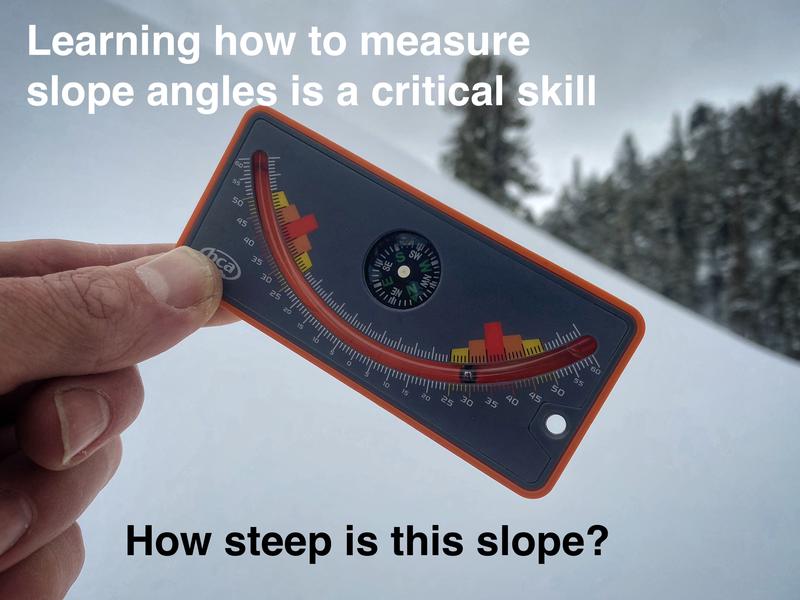Forecast for the Uintas Area Mountains

Issued by Craig Gordon on
Tuesday morning, March 29, 2022
Tuesday morning, March 29, 2022
While not widespread, near and above treeline, pockets of CONSIDERABLE avalanche danger exists. Human triggered avalanches failing on the midwinter drought layer (PWL) and breaking several feet deep remain LIKELY, especially on slopes facing the north half of the compass. MODERATE avalanche danger is found below treeline and human triggered avalanches breaking to this weak layer are POSSIBLE.
If you're looking for LOW avalanche danger, simply swing over to slopes facing the south half of the compass where new snow rests on a variety of melt-freeze old snow surfaces.
Scroll to the bottom for a note on slope angle and how to have a blast without entering avalanche terrain.

Low
Moderate
Considerable
High
Extreme
Learn how to read the forecast here










